Table of Contents
Intro Why Is The Ocean Blue
The ocean is one of the most beautiful and mysterious parts of the world. Its vast expanse of blue waters captivates viewers with its beauty. But why is the ocean blue? The answer lies in the way sunlight interacts with water molecules. The ocean absorbs light differently than the air, which may appear to be blue on a bright day.
The red and orange wavelengths of sunlight are absorbed by water molecules in the ocean, leaving the green and blue wavelengths of light to reflect back that's why the ocean looks blue in color. As sunlight penetrates the ocean, the blue light penetrates furthest into the water, which is why the deeper the ocean, the bluer it appears. Moreover, the ocean floor is usually darker than the surface, which makes the ocean appear bluer still.
However, some regions in the ocean may appear green or even red, depending on the angle of the sunlight and the presence of different types of algae or particles in the water. Other factors like the reflection by the sky and the effects of carbon dioxide on the ocean's chemistry may also influence its color. Overall, the reason why the ocean is blue is an interesting combination of light, water, and the substances that exist in it.
In this article we will discuss why the ocean has its distinct hue, ranging from deep teal to sapphire. We will explore the science behind why the ocean has its striking color, as well as other factors that can affect how it looks.
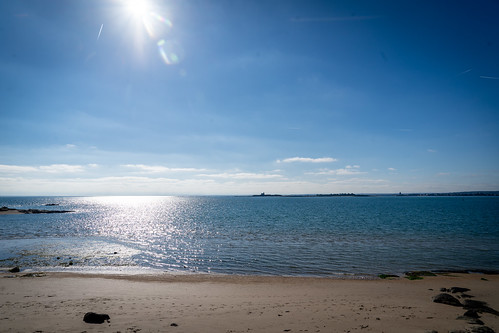
Ocean's Blue Hue
The ocean's blue hue is a result of the way water absorbs light. Sunlight is made up of different colors, including red, orange, yellow, green, blue, indigo and violet. When sunlight hits the ocean's surface, it penetrates the water and begins to lose its colors one by one. The first color to disappear is red because it has the longest wavelength and is absorbed quickly by water molecules.
As you go deeper into the ocean, other colors get absorbed as well eventually leaving only blue light. This blue light that remains scatters in all directions as it bounces off particles in the water creating an effect called Rayleigh scattering which makes the ocean appear blue.
However not all oceans are always uniformly blue due to factors such as algae blooms which can cause patches of green or brown coloration on top of or beneath areas of deep-blue waters. Also depending on factors like time of day or weather conditions such as clouds or rain can affect how much visible light penetrates through the surface and therefore make an impact on how deep or bright that shade appears from above.

Refraction of Sunlight
When sunlight enters the Earth's atmosphere, it bends or refracts due to changes in air density. This bending of light causes the sun to appear higher in the sky than it actually is, especially during sunrise and sunset. However, refracted sunlight also plays a crucial role in making oceans appear blue.
As sunlight reaches the ocean's surface, it penetrates its waters and interacts with its molecules. The water molecules absorb all colors of light except for blue, which is scattered and reflected back towards our eyes. This scattering effect occurs because blue light has a shorter wavelength compared to other colors, allowing it to bounce around more easily within the water molecules before being redirected towards us.
The amount of blue light scattered and reflected by seawater depends on various factors such as depth, turbidity, and surface conditions. On a calm day with clear water that allows sunlight to penetrate deeper into the ocean layers, we can observe a more intense shade of blue as more water particles scatter and reflect this color back towards our eyes.
Understanding how refraction works is essential not just for appreciating nature's beauty but also in fields like astronomy where it helps explain phenomena such as mirages and celestial refraction.

Water Molecules and Light Absorption
Water molecules have the unique ability to absorb light in a way that affects the color of oceans and bodies of water. When sunlight hits the surface of water, it penetrates into the depths below. As it moves through the water, some wavelengths are absorbed by the water molecules while others are reflected or scattered back up to our eyes.
The colors with longer wavelengths, such as red and orange, are absorbed first and therefore do not penetrate very far into the water. On the other hand, colors with shorter wavelengths like blue and green can penetrate deeper into the ocean before being absorbed by water molecules.
This is why we see bodies of water as shades of blue or green – they reflect back these shorter wavelength colors that have penetrated deep within their depths. The more particles suspended in this body of water (such as algae), however, will scatter more light waves which can lead to a change in hue from greenish-blue to greener tones.

Marine Plant Pigments
Marine plant pigments play a crucial role in the coloration of the ocean. These pigments are responsible for producing different hues, ranging from blue-green to reddish-brown colors that can be observed in various parts of the ocean. The most common pigment found in phytoplankton is chlorophyll-a, which gives off green coloration when it absorbs sunlight during photosynthesis.
Apart from chlorophyll-a, other marine plant pigments such as phycobiliproteins and carotenoids also contribute to the various colors present in the ocean. Phycobiliproteins produce red and blue-green hues while carotenoids create yellow, orange, and brown colors that can be seen near coastal areas or during blooms of specific phytoplankton species.
The presence of these marine plant pigments not only adds beauty to our oceans but also plays a significant role in sustaining life underwater. Phytoplankton serves as the base of many aquatic food webs and produces up to 50% of our planet's oxygen through their photosynthetic process. Hence, understanding marine plant pigments is crucial in comprehending how our oceans function at a fundamental level.

Mineral Content
Have you ever wondered why the ocean is blue? The answer lies in the mineral content of seawater. Seawater contains various minerals such as magnesium, sodium, calcium, and potassium. These minerals are derived from rocks and sediments on land that are eroded by rivers and carried to the ocean.
The most important mineral that gives the ocean its blue color is called dissolved organic matter (DOM). DOM absorbs sunlight at different wavelengths and reflects blue light back to our eyes. The amount of DOM in seawater varies depending on location and time of year. For example, coastal areas with high levels of organic matter may have darker water and appear more green or brown than blue.
Overall, understanding the mineral content of seawater can help us explain many natural phenomena such as the color of the ocean. It also highlights how interconnected our planet is, with minerals from land playing a crucial role in shaping our marine environment.
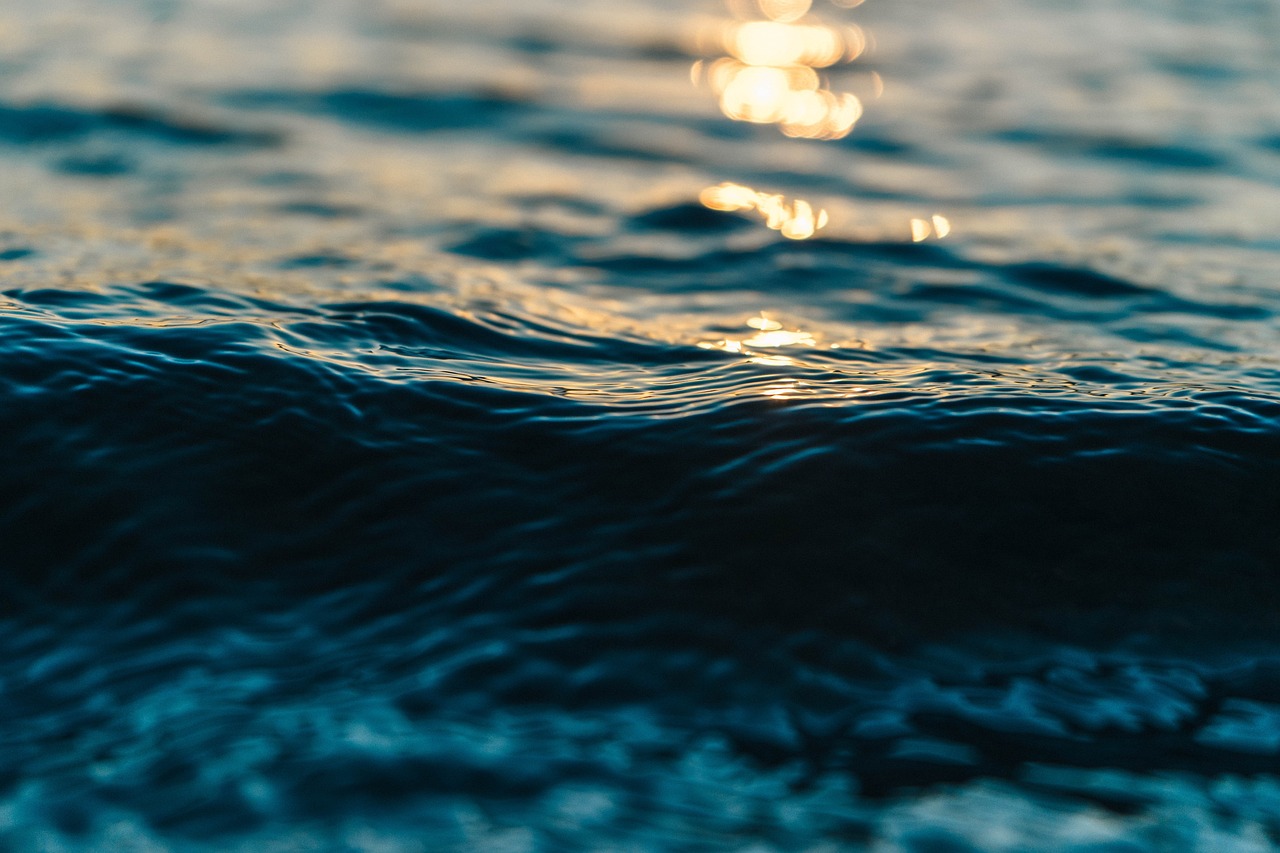
Global Climate Change
While the ocean's blue color may seem like a simple enough question, its answer is anything but straightforward. There are several factors that contribute to the ocean appearing blue in our eyes. The first and most obvious reason is that water absorbs colors differently as light passes through it, with red wavelengths being absorbed first, followed by orange and yellow.
At deeper depths, where less light penetrates, the ocean appears darker or even black. However, when sunlight hits the surface of the water at a certain angle – about 45 degrees – it causes reflection and refraction of light waves on the surface of the water which creates a stunning blue hue. Additionally, phytoplankton (tiny plant-like organisms) can influence ocean coloration as well; sometimes causing blooms that turn parts of the ocean green.
While understanding why exactly our oceans are blue may not seem relevant to global climate change at first glance, it speaks to how incredibly complex and interconnected our planet's systems are – including those involved in climate change. As we continue to learn more about how one part of our environment impacts another, we can make more informed decisions in order to protect our planet for future generations.
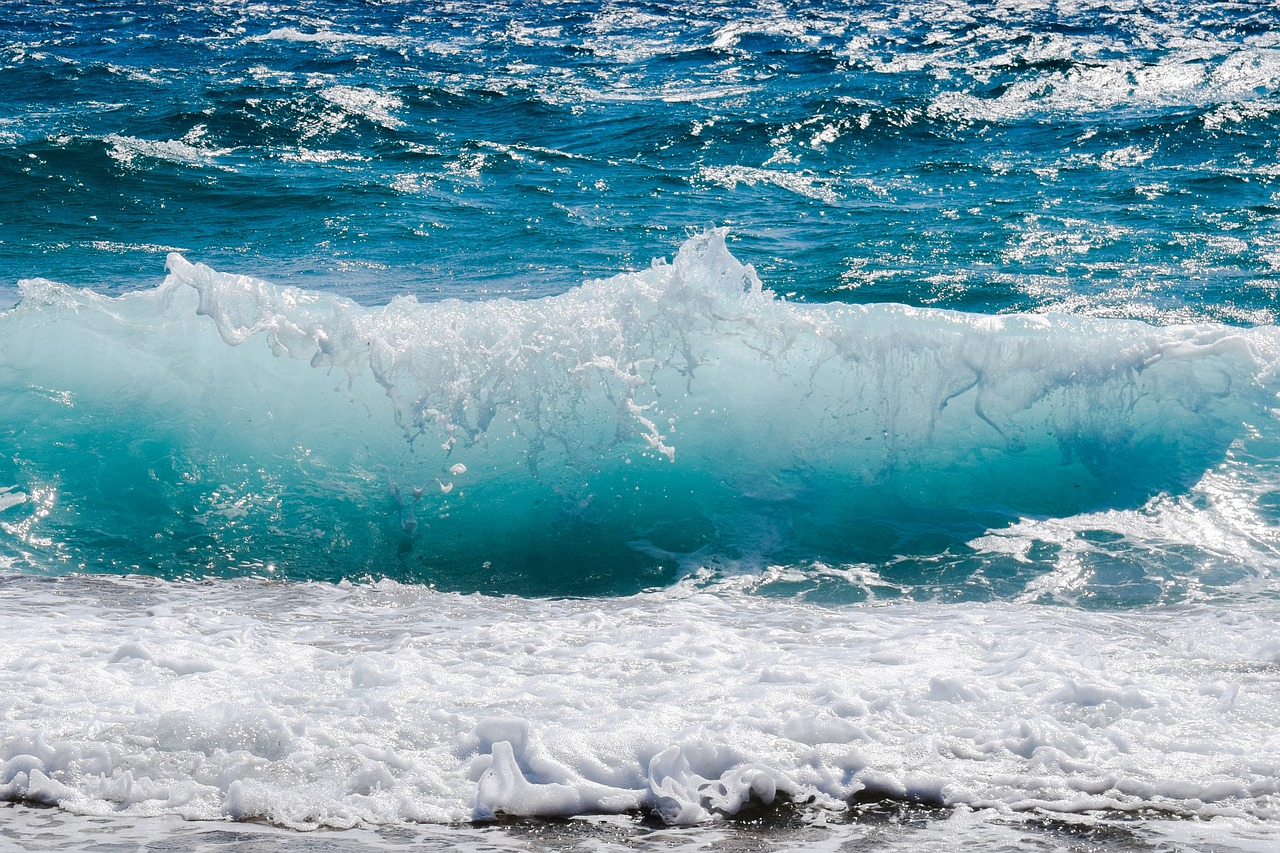
Make The Ocean Appear Blue
The ocean appears blue due to the scattering and absorption of sunlight by its water and the presence of particulate matter. When sunlight enters the ocean, its different wavelengths of light are refracted and scattered, with shorter wavelengths such as blue and violet being scattered the most, while longer wavelengths such as red and green being absorbed more.
This causes the ocean to appear bluish-green. Moreover, the presence of chlorophyll in the water adds to the green tones, as it absorbs green wavelengths of light for photosynthesis. Phytoplankton, which are tiny plant-like organisms, contribute to the ocean's color through their pigments, including chlorophyll.
Additionally, factors such as the angle and intensity of sunlight, as well as the depth and clarity of the water, can affect the color of the ocean. Therefore, while the ocean may not always appear blue, its color reflects the complex interplay of various physical and biological processes in the environment
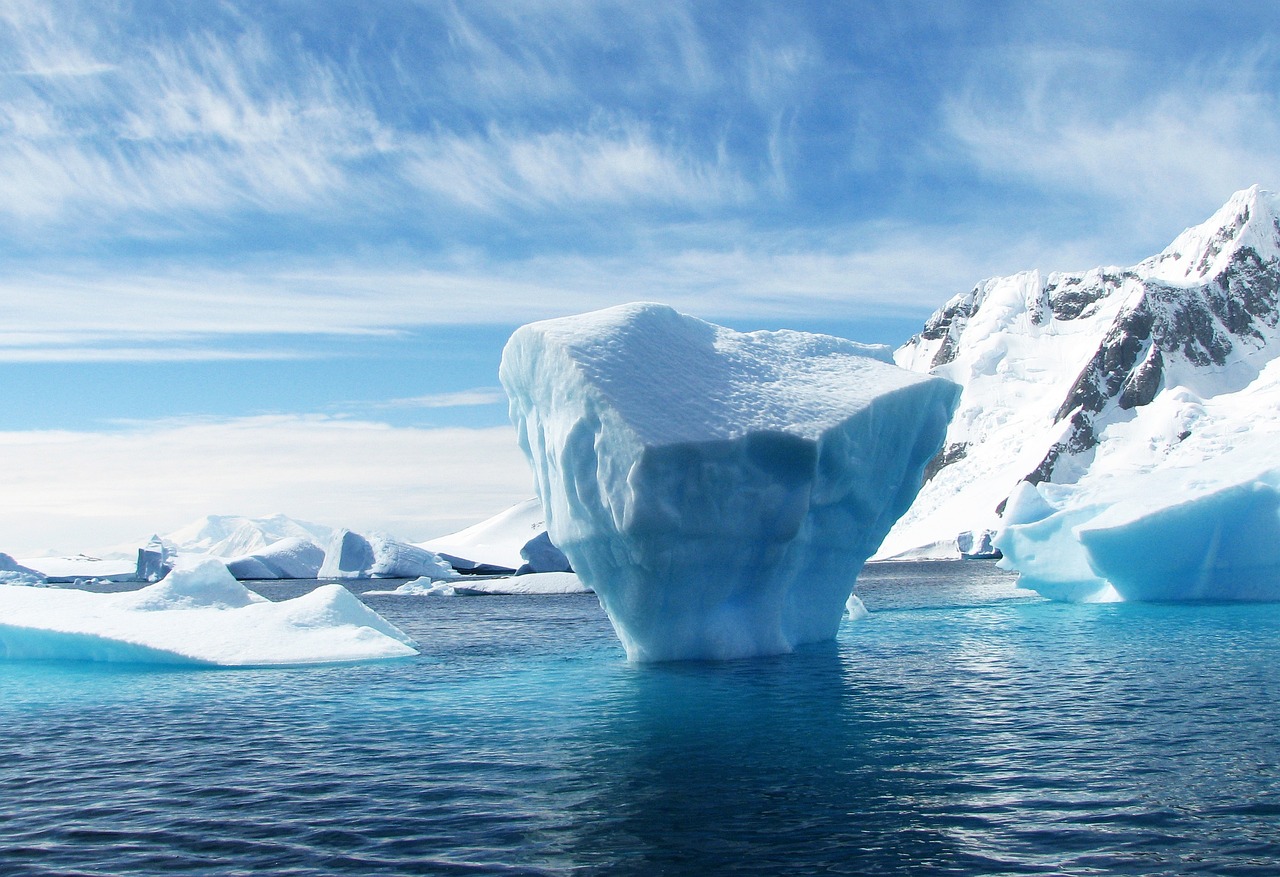
Conclusion: Complex Coloration Can Make The Ocean Appear Blue
Complex coloration is a fascinating phenomenon that can be observed in various natural elements, including the ocean. The shades of blue and green that we see in the ocean are not just a result of its depth or purity, but also due to the way light interacts with water molecules.
When sunlight hits the surface of the ocean, some wavelengths are absorbed by water while others are reflected back into our eyes. The shorter blue wavelengths tend to scatter more easily than other colors, hence giving us a predominantly blue hue.
However, this is just one aspect of complex coloration in oceans. At different times of day and under varying lighting conditions, the color and intensity of oceanic hues can change drastically.
Additionally, certain factors like temperature changes or microorganisms like phytoplankton can also affect the coloration of waters. For instance, during algal blooms – which occur when there's an abundance of nutrient-rich waters- we may observe reddish-brown swirls on top of otherwise clear blue seas.
Overall, complex coloration adds depth and intrigue to our understanding and appreciation for natural bodies like oceans. It reminds us that even something as seemingly simple as a shade has many underlying mechanisms at play!
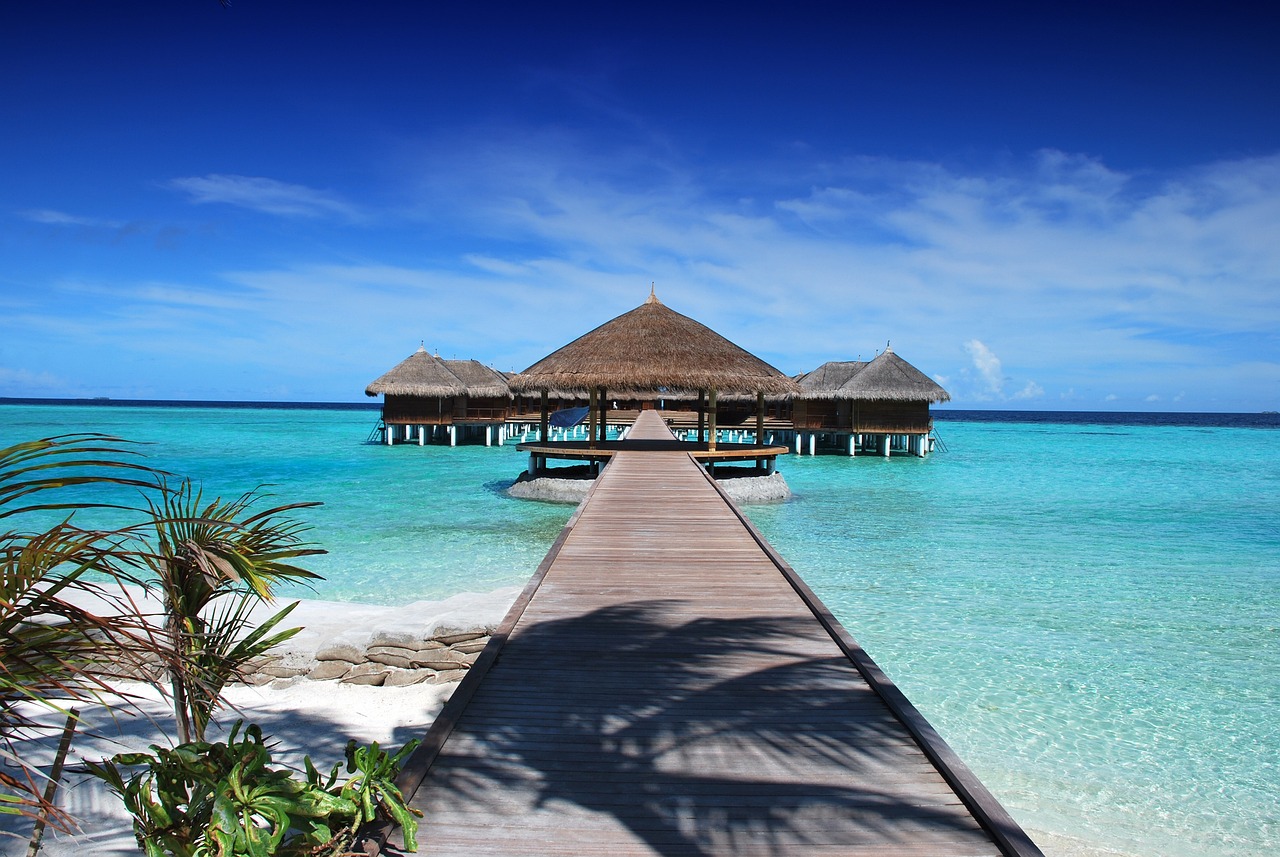
Related Articles
Whoi Why is the ocean blue?
https://www.whoi.edu/know-your-ocean/did-you-know/why-is-the-ocean-blue/
Ocean Literacy Why is the ocean blue?
https://oceanliteracy.unesco.org/blue-ocean/
Loc Why is the ocean blue?
https://www.loc.gov/everyday-mysteries/physics/item/why-is-the-ocean-blue/
American Oceans Why is the ocean blue?
https://www.americanoceans.org/facts/why-is-the-ocean-blue/
Wonderopolis Why is the ocean blue?
https://www.wonderopolis.org/wonder/why-is-the-ocean-blue
Thought Co Why is the ocean blue?
https://www.thoughtco.com/why-is-the-ocean-blue-609420
Surfer Today Why is the ocean blue?
https://www.surfertoday.com/environment/why-is-the-ocean-blue
Color Meanings
https://www.color-meanings.com/why-is-the-ocean-blue/
ZME Science Why is the ocean blue?
https://www.zmescience.com/feature-post/why-is-the-ocean-blue/
Science ABC
https://www.scienceabc.com/nature/water-is-colourless-yeah-so-why-does-sea-water-appear-blue.html
Live Science Why is the ocean blue?
https://www.livescience.com/44205-why-is-the-ocean-blue.html
Science Sparks Why is the ocean blue?
https://www.science-sparks.com/why-is-the-ocean-blue/
Nerd Momma Why Does Lightning Strike? What Causes Thunder And Lightning
https://nerdmomma.com/why-does-lightning-strike-what-causes-thunder-and-lightning/#more-2113
Nerd Momma Why is the ocean salty?
https://nerdmomma.com/why-is-the-ocean-salty-9-amazing-sea-salty-salt-facts/#more-2028
